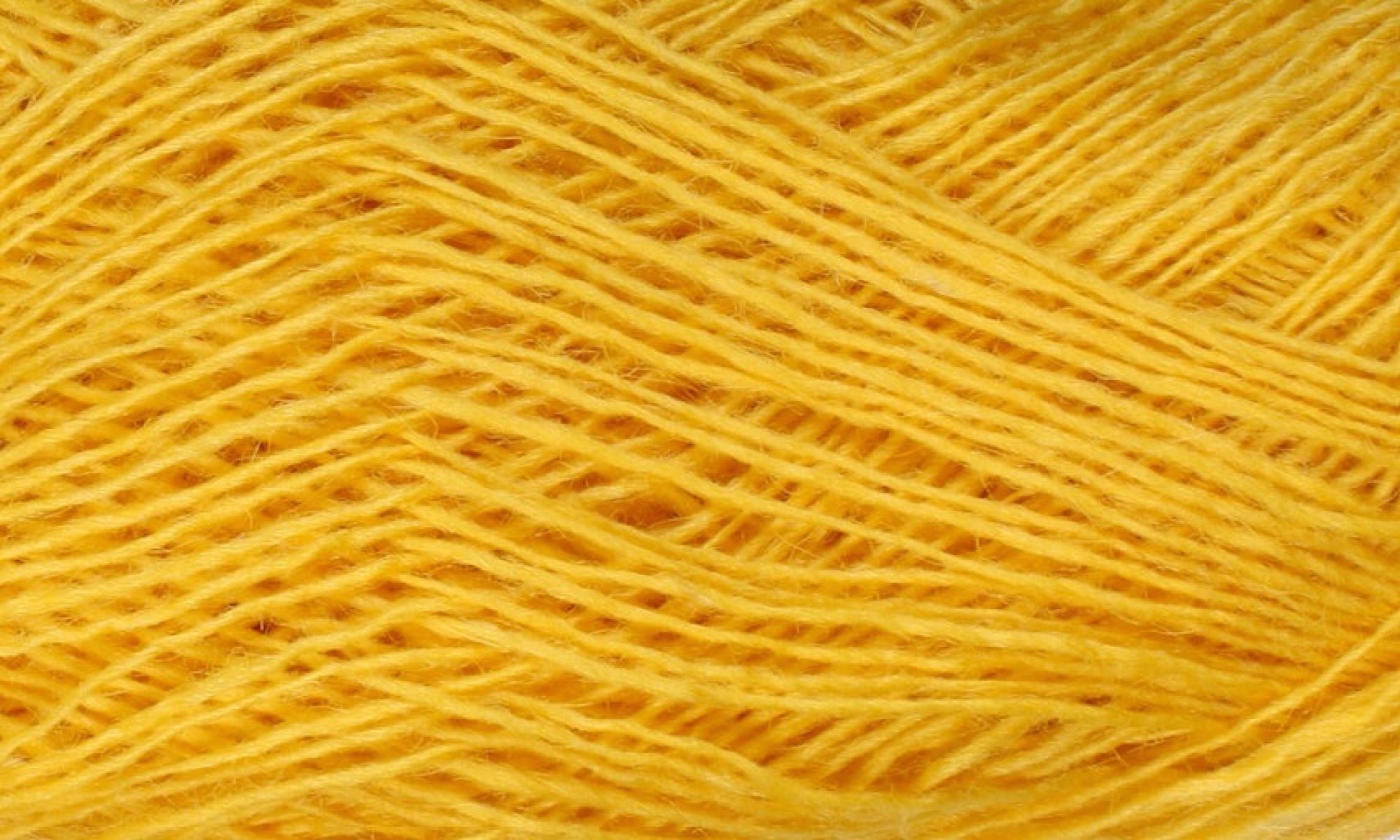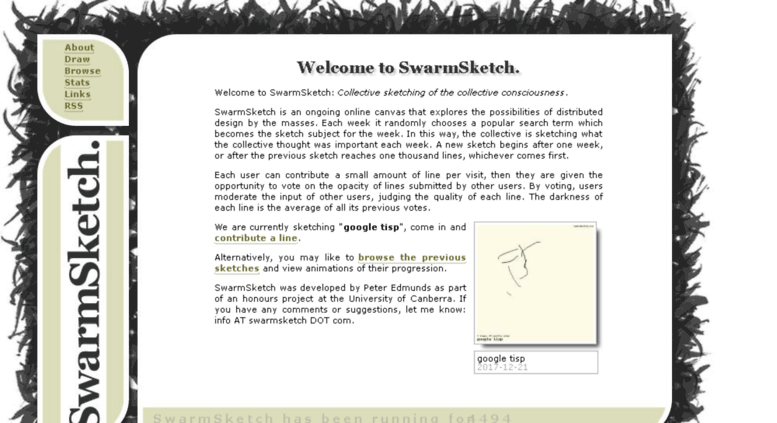In our Instagram poll artwork, the viewers’ role is to participate in the decision making of the outcome of an artwork. Viewers get to vote between 2 options at a time and slowly see the artwork come to life based on what they picked.
To a certain extent, us as primary artists are controlling the outcome of this piece of work. We provide the viewer with 2 artistic options at a time – sun or moon, black or white etc. 
If we were to give the audience total control, we would probably ask them to reply to the insta story post with a suggestion or a sketch element of their own. This way, it isn’t just one person controlling the entire artwork. What we did was less interactive because the only people physically making the artwork and providing the options to choose were us.
According to the article, DIWO means that ‘source’ materials are open to all; to remix, re-edit and redistribute, either within a particular DIWO event or project, or elsewhere. The process is as important as the outcome, forming relationally aware peer enactments.
However, our artwork was still social as people got to have their vote change the outcome of the artwork. Sun or Moon as options for example, split the voters into metaphorical team sun and team moon, even though none of the voters knew each other.
In this case, the artist and the viewer each get the chance to take hold of the same canvas; and see how different people can affect the direction of the work.
A similar project to our exercise is Swarmsketch, an ongoing online canvas that explores the possibilities of distributed design by the masses. Each week it randomly chooses a popular search term which becomes the sketch subject for the week. In this way, the collective is sketching what the collective thought was important each week. A new sketch begins after one week, or after the previous sketch reaches one thousand lines, whichever comes first.
Similar to our microproject, Swarmsketch relies on user response in order to complete an artwork. This open source method of continuing an artwork with different artists creates a challenge and renegotiates the power roles between artists and curators, like Marc mentioned in the article.




